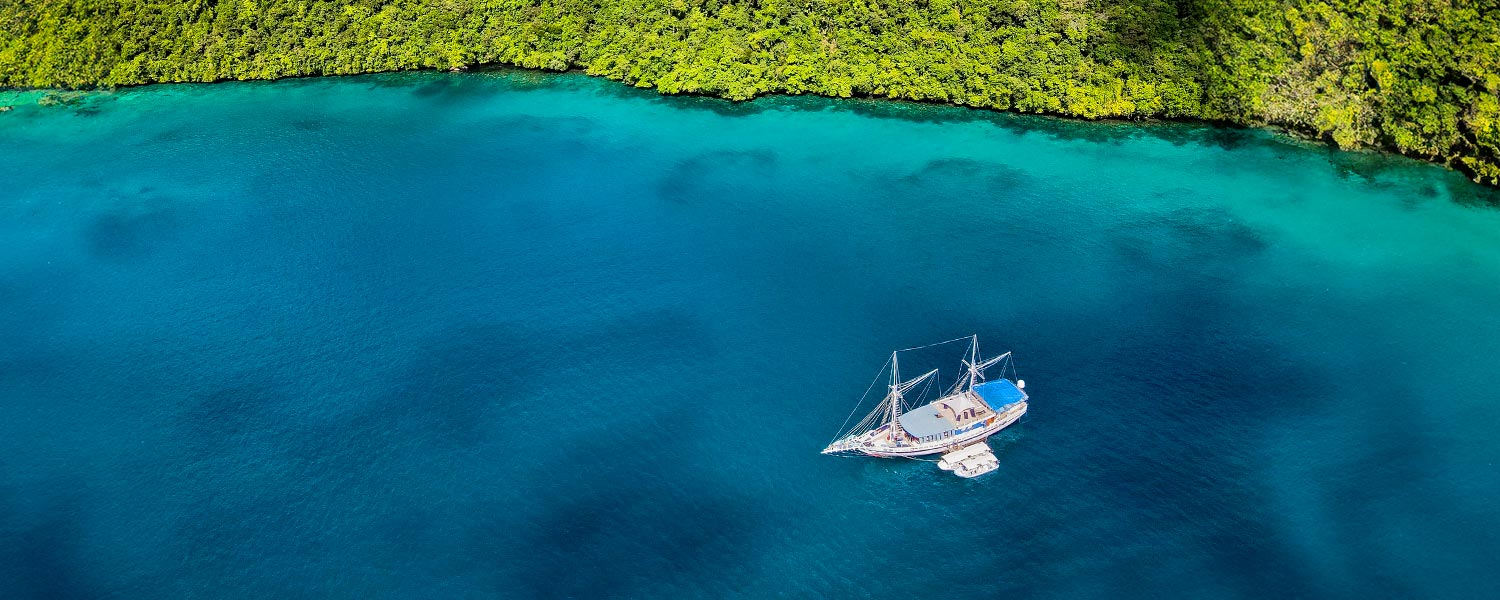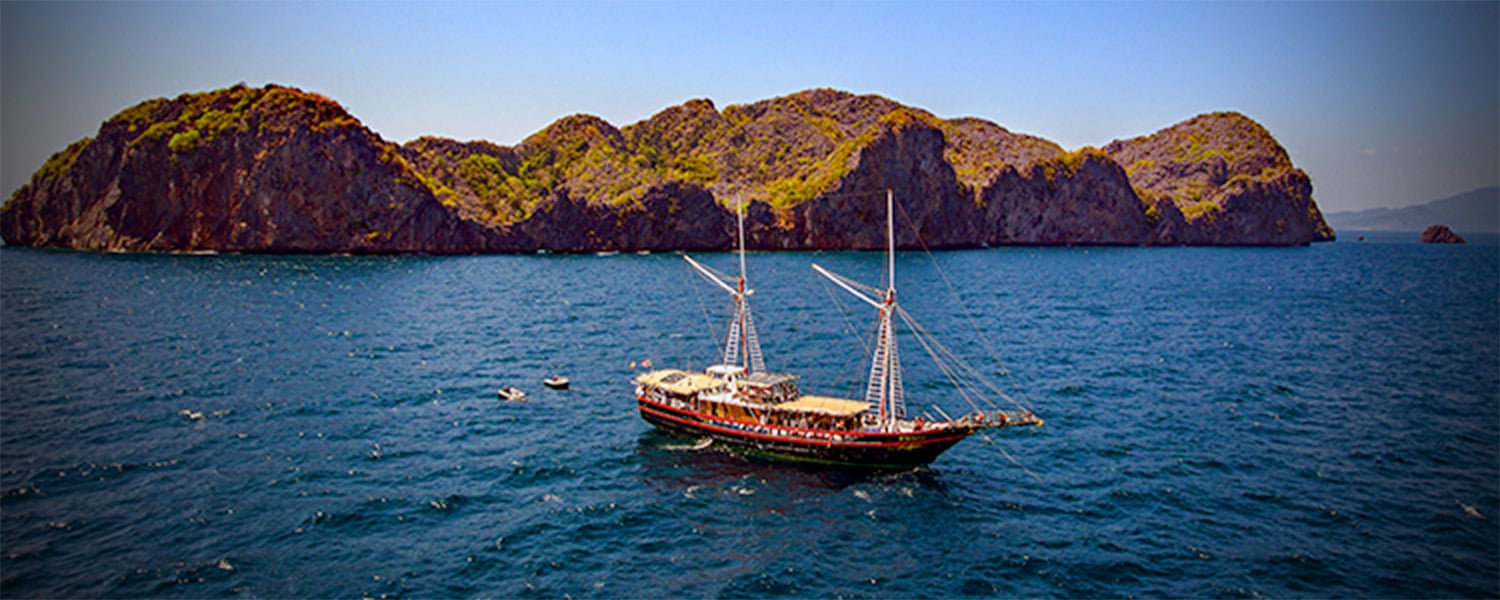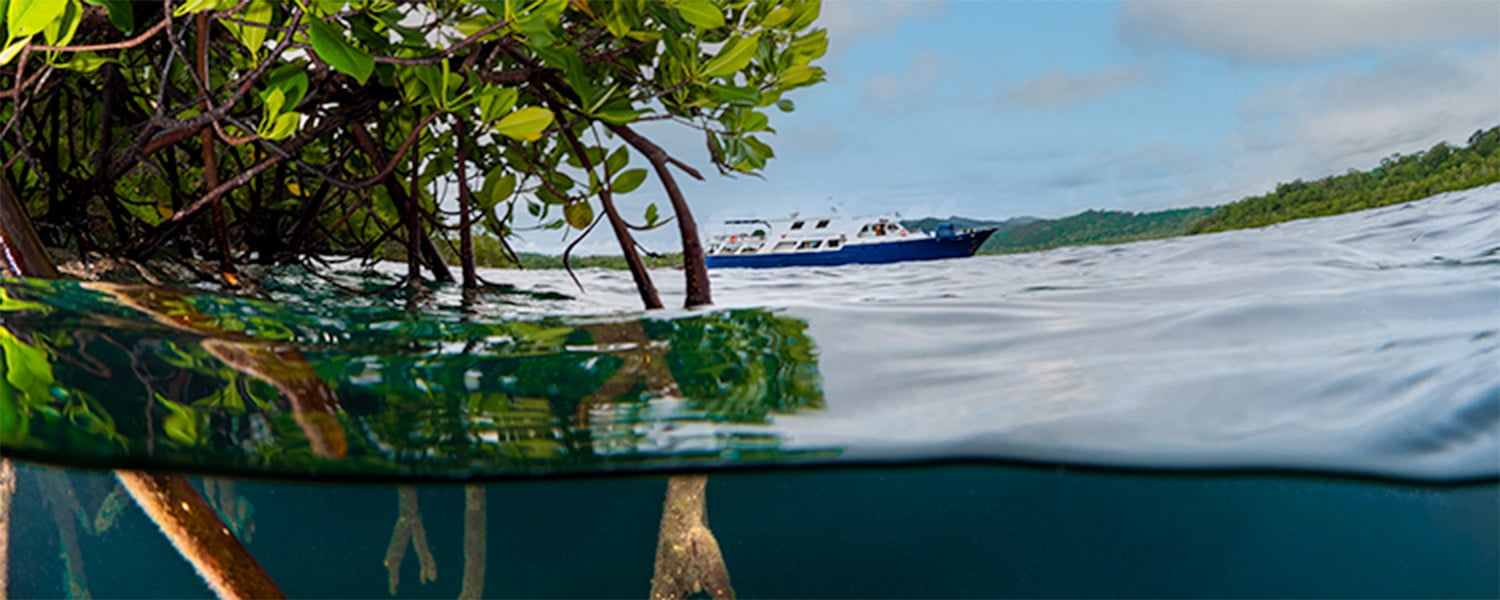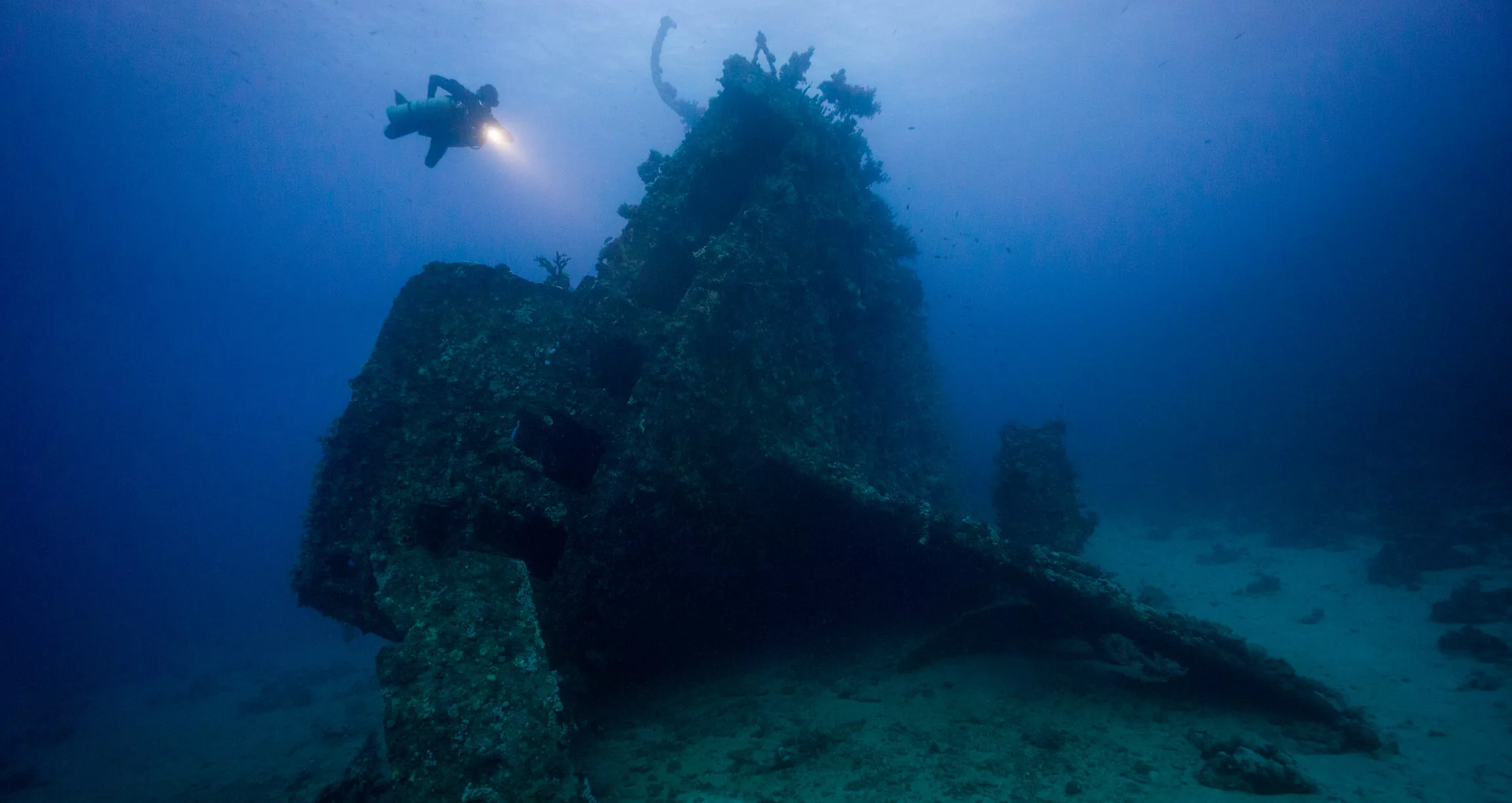Blackwater diving is not something that all divers know about. In fact, we had to be walked through it the first time that Unique Dive Expeditions in Palau brought it up as something we might be interested in.
Even if you know what it is, you may still be wondering what all the fuss is about.
Well, Palau is perfect for blackwater diving and, during some cruises aboard Palau Siren, you may be offered the opportunity to experience a blackwater dive. However, this is subject to weather conditions, divers’ experience and other factors.
After almost six years operating cruises with blackwater dives, our team in Palau are very familiar with this subject… so what’s the deal?
So, what is blackwater diving?
Blackwater diving is essentially a night dive, but a very special one. Rather than cruising along a reef with a torch, blackwater focuses on finding unique creatures in the water column, attracted from the deep by high-powered light sources that simulate the moon.
There are three primary types of blackwater dives; open ocean, near reef, and bonfire. Each is unique and organised differently.
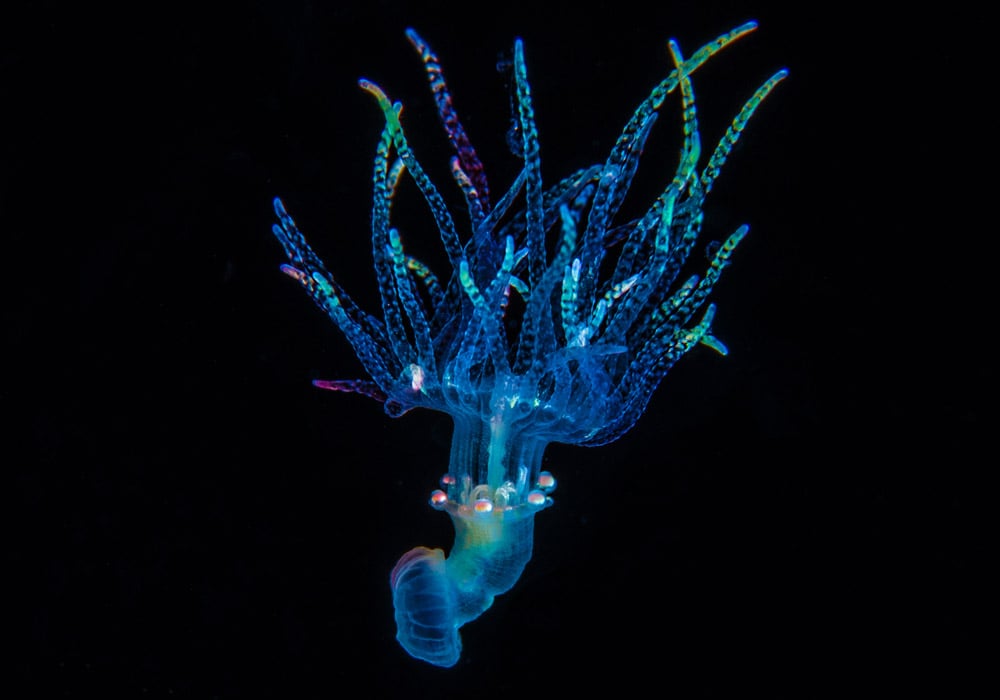
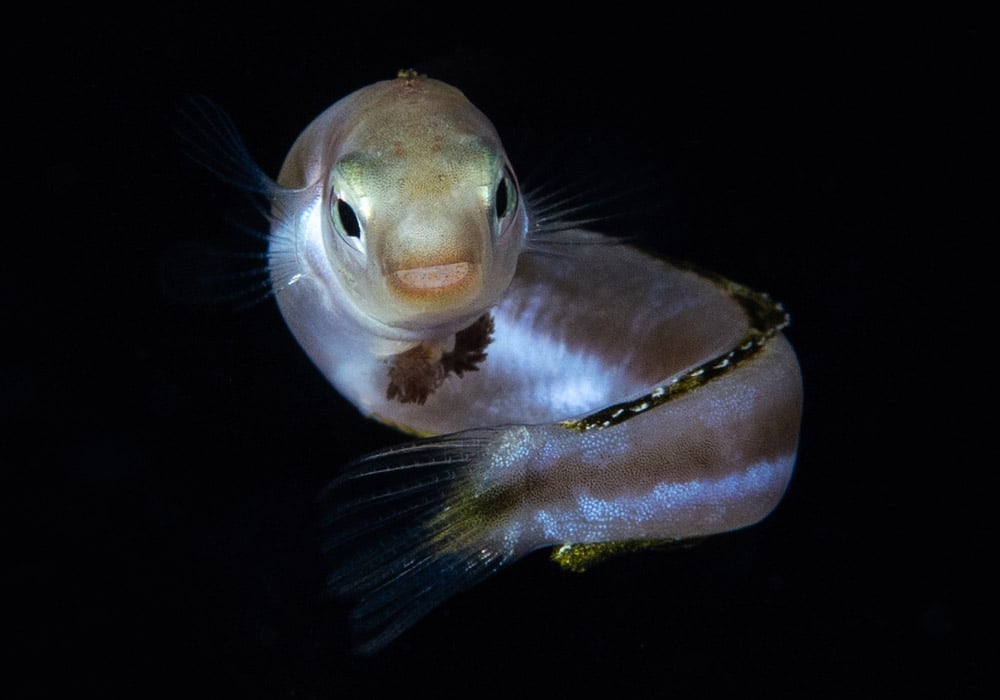
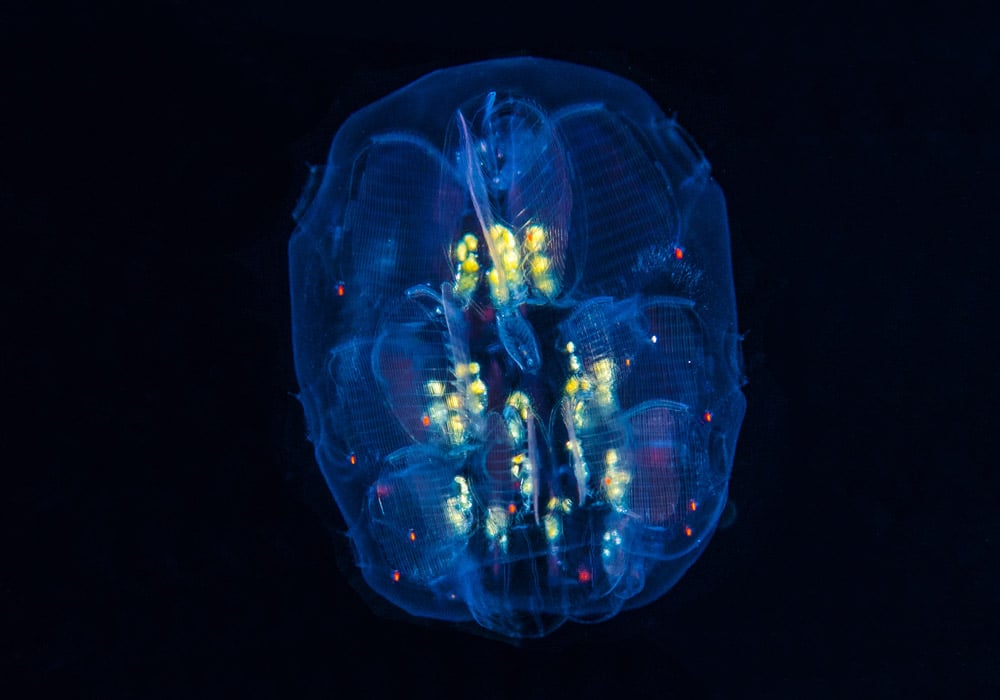
How do you prepare for a blackwater dive?
For all types of blackwater dives, you will need to attend a special briefing.
It is highly recommended that you have previous night-dive experience. If you don’t then it’s best to start with a normal one before you graduate to blackwater.
As with regular night dives you should carry at least 1 primary and 1 spare light; camera lighting can be considered a spare.
You cannot share primary lights, so ensure you have your own. If at any time all your lights fail, the dive will be over and you will need to return to the vessel. This is where things now start to change…
It’s recommended that you wear full exposure protection on these dives as stinging organisms are extremely common.
Buoyancy can be a challenge on any night dive, but even more so on blackwater dives, so you need to monitor your depth regularly. Exceeding depth limits and unintentional surfacing are both common.
The lights that simulate the moon will be placed in the water for as long as possible before you get in so that creatures have time to be attracted.
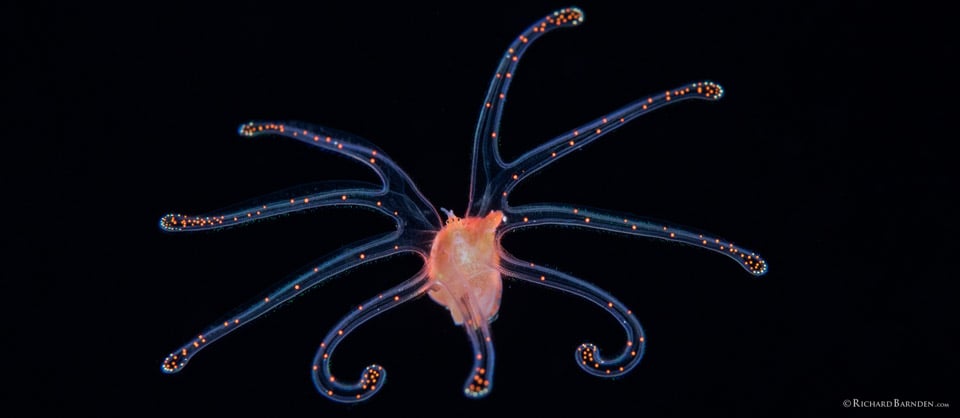
Open Ocean blackwater diving
The Open Ocean blackwater dive is also sometimes called an offshore blackwater dive. These dives are done well away from shore, over abyssal (deep) depths, and from a boat.
The wind and ocean conditions must be calm for these dives. The strong lights are suspended from the boat to a depth of 10-15m and remain there while you get ready. This starts attracting life as soon as possible and before you enter the water.
Each diver gets their own drop line, which has a 1m line extending from it. At the end of this line, there is a clip that attaches to your BCD. This allows divers to descend, ascend, and move around their own dedicated drop line. Each drop line is separated by 1.5 to 2m.
It may sound weird that you are attached to a line. However, you are floating freely in the open ocean. More importantly, the boat is also free-floating so accidentally drifting off is a real risk; not something anyone wants at night in the middle of the sea.
Once ready, divers simply get in the water, clip to their assigned drop line, descend, and enjoy! It’s important to pay attention and not get tangled in other diver’s lines.
We can’t think of an easier dive, physically speaking. At the end of the dive, the crew will help you unclip and assist your return into the boat.
Near reef blackwater dive
This is the most challenging of the blackwater dives so maintaining contact with your dive buddy or assigned guide is essential.
A location is selected, usually on a deep wall where the open ocean is adjacent. A small to medium cut in the reef works best to help reduce the current.
The lights simulating the moon are placed in a group at 5-10m depth on the wall pointing outward to the open ocean to attract life.
After a while, you and your group will be dropped off by tenders to explore the water column without lines or tethers. You should use the lights on the reef as a reference as it is easy to get distracted by the life you can see.
This type of dive is the most common for our guests to have buoyancy issues on, due to the lack of visual reference (other than this bright light) and not being secured to anything.
Brace yourself, stay sharp, and you will be in for a treat!
Bonfire blackwater dive
The Bonfire blackwater dive is the least challenging of blackwater dives and so is a good first-time blackwater experience.
The dive is done in shallower water, usually 10-18m, in an area with little to no current. Where the other types of blackwater intent is to draw creatures from the depths, a bonfire dive seeks to attract creatures from the reef itself, and possibly the water column.
The artificial lights are placed around the dive area pointing up then, after waiting a while, you will be able to jump in. It’s better to stay off the bottom, exploring the water column above and near the lights instead. That said, you can also combine this experience with a regular reef night dive.

What can you see?
Marine life is extremely diverse during a blackwater dive. It is fair to say that you are likely to see creatures you have never seen before, and possibly never will again!
The great majority of the creatures are small (3 to 6cm) and are generally planktonic. Many of these are actually fish larvae or juveniles of some sort. You will also often see jellyfish, worms, squids, octopuses, and salps.
Occasionally, however, larger pelagic creatures are also attracted to the lights. Guides will constantly assess if sharks are showing aggressive characteristics.
Images ©Richard Barnden
